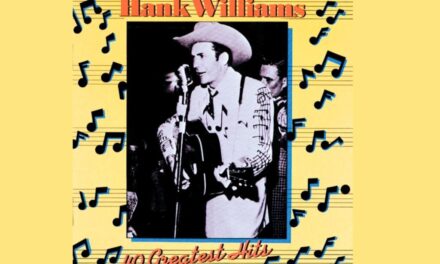Tanya Loos
It is World Bee Day on May 20. This year, the theme of the day is “Bee engaged in pollinator-friendly agricultural production”. World Bee Day 2023 calls for global action to support pollinator-friendly agricultural production and highlights the importance of protecting bees and other pollinators. It is also an opportunity to celebrate our local and native bee species!
Globally there are approximately 20,000 bee species, and Australia has around 2,000 species.
When many of us think of bees we think of honeybees – like the European Honeybee Apis mellifera. Australia’s own native honeybees, the Stingless Social Bees can be found building resinous nests inside hollow trees. I had the great pleasure of observing two very small hives of this species at Cairns Botanic garden on a trip up north just last week! These bees are very small indeed.
These social honey-producing bees are the exception rather than the rule in Australia. Most of our bees are known as solitary bees. Instead of having a queen and a hive, the male and female mate and then the female creates a nest in a burrow or leaf stem.
One of the most well-known local native bees is the Blue-banded Bee. This species is brightly patterned and also really noticeable in the garden with a surprisingly high-pitched loud buzzing as it flies from flower to flower. There are several species of Blue-banded Bee (Amegilla sp) but they are pretty difficult to tell apart!
Blue-banded bees are really special because they perform what is known as buzz pollination. Some native flowers, such as Hibbertia enclose their pollen in small capsules, which are only released when the bee grasps the flower and shivers her flight muscles, causing the capsules to open. Tomato flowers are also best pollinated by buzz pollination – making the Blue-banded Bee a great addition to any garden with vegies.
Male Blue-banded Bees roost together on grass and other stems, falling asleep but staying attached by using their powerful jaws, as pictured above.
At this time of year the short lives of the Blue-banded Bees will be over – but there may be young in burrows, overwintering underground and then hatching in Spring!
Less noticeable are a wide range of smaller native bees – indeed some in the Euryglossina family are as small as 3-4 mm long! Once I spotted a cluster of male Nomia bees (Lipotriches) on a lavender flower head at Wombat Hill Botanic garden – a big ball of tiny bees bobbing gently in the breeze.
The best way to get to know your local bees is by having a look at Your Guide to the Insects of Central Victoria, a wonderful publication highlighting our important pollinators and led by the amazing naturalist John Walter.
For more information about our local native bees see https://www.lfwseq.org.au/blue-banded-bee/
Tanya Loos is a local naturalist, author and environmental consultant who loves to work in the environmental not-for-profit sector. She is the author of “Daylesford Nature Diary” available from her website or from Paradise Books in Vincent Street, Daylesford.
Have you got any nature questions for Tanya? Send them in!





